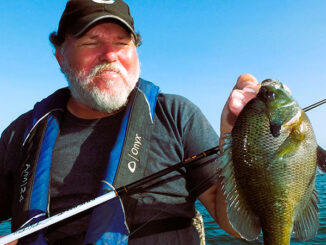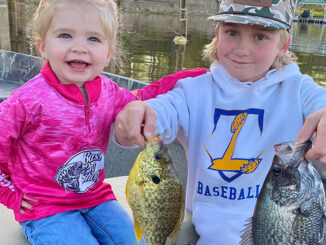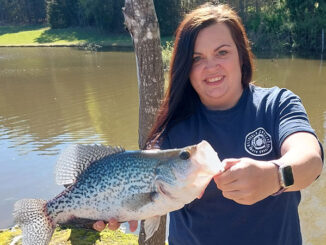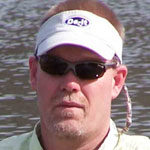Don’t wait on prespawn crappie
Tight-lining for crappie (left) allows the angler to subtly push baits toward suspended fish, while

April is prime time to for catching numerous species of fish in shallow water at the Santee Cooper lakes. […]

Molly Joyner and Mason Kennington had a great day of panfishing at Lake Wateree on April 8, 2024. […]

Jessica’s big slab crappie of Harkey’s Taxidermy in Vale. […]

Copyright 1999 - 2024 Carolina Sportsman, Inc. All rights reserved.
Be the first to comment